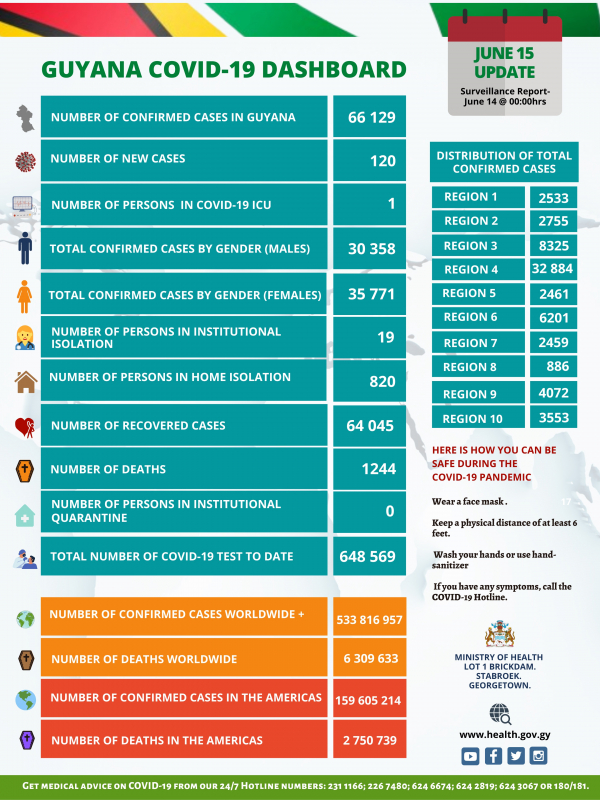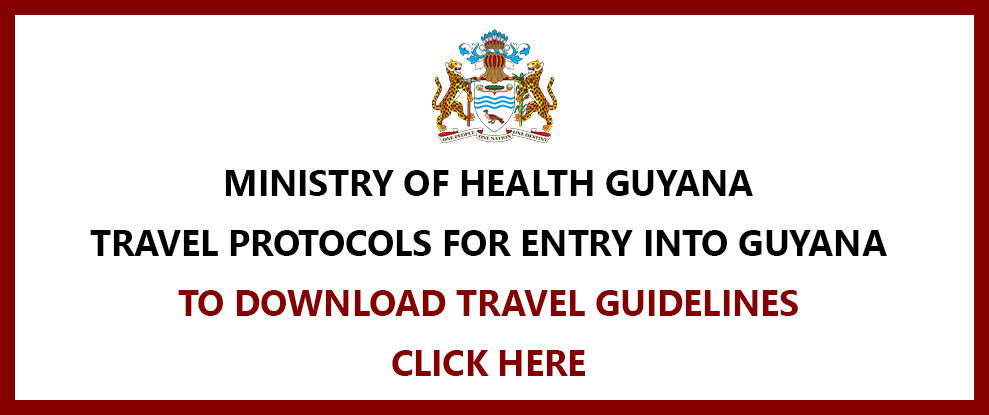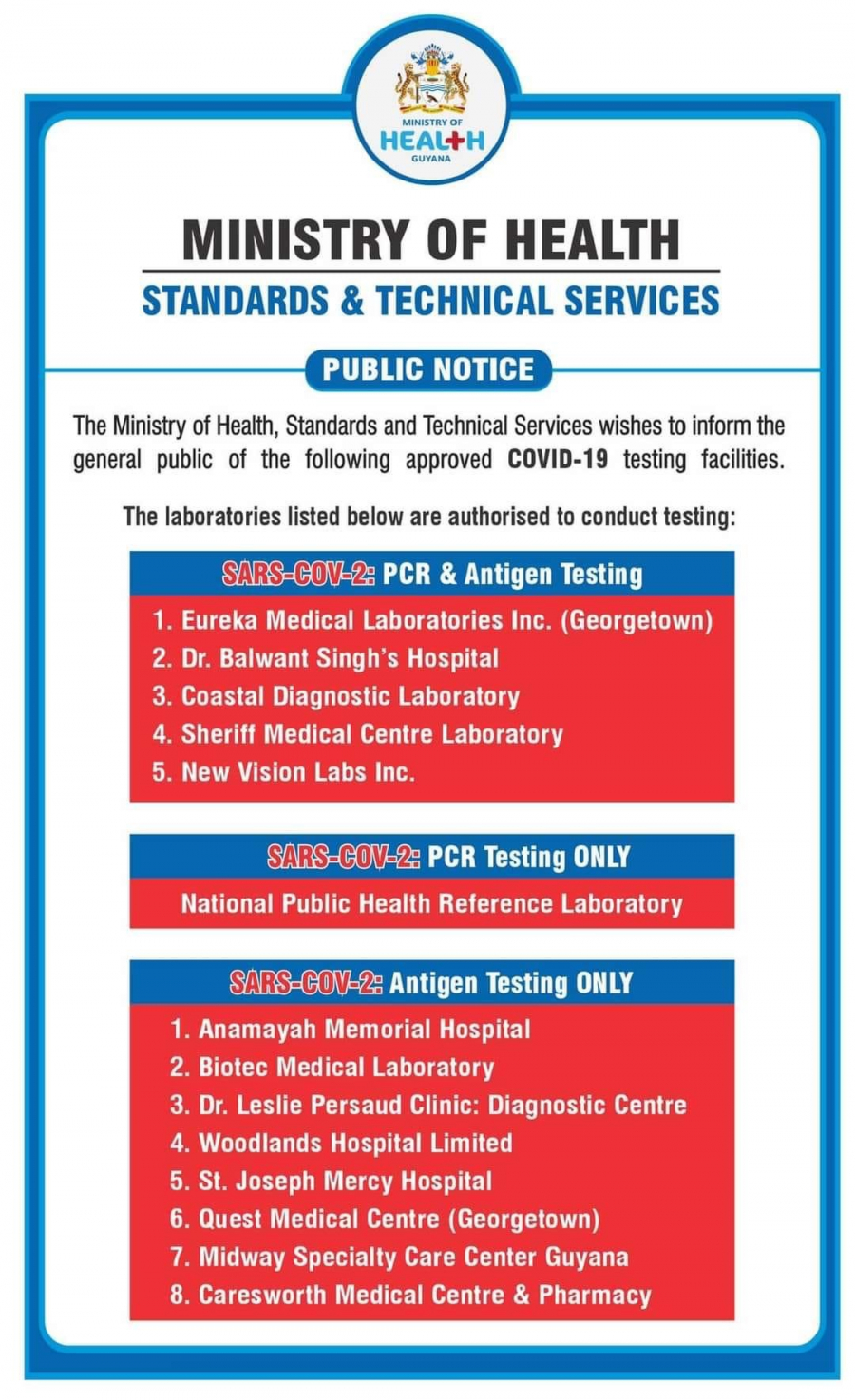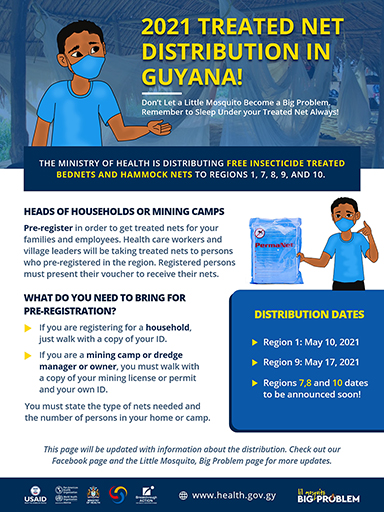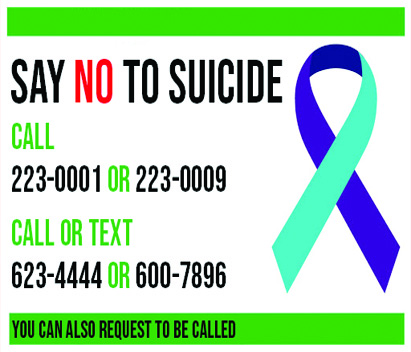- Details
- Written by Super User
- Category: Mental Health Unit
- Published: 17 July 2016
- Hits: 10211
NATIONAL MENTAL HEALTH ACTION PLAN 2015-2020
Executive Summary
There is no health without mental health. The relationship between physical and mental health is multifaceted. Mental disorders increase risk for communicable and non-communicable diseases, and contribute to unintentional and intentional injuries. Mental health, like other aspects of health, can be affected by a range of socioeconomic and psychological factors that need to be addressed through comprehensive strategies for promotion, prevention, treatment and recovery.
In May 2012, the Sixty-fifth World Health Assembly adopted resolution WHA65.4 on the global burden of mental disorders and the need for a comprehensive, coordinated response from health and social sectors at the country level. In light of this call to action, mental health was given prominence in the service priorities of the National Health Sector Strategy 2013-2020 which has as its vision “that the people of Guyana are among the healthiest in the Caribbean and the Americas”.
This plan, which was developed jointly by the Mental Health Team of the Georgetown Public Hospital Corporation, the Ministry of Public Health (MoPH) and the Pan-American Health Organization (PAHO) Guyana, presents the justification and advantages of providing a national mental health strategy in Guyana. At the same time, it outlines strategic actions on how to implement and scale-up interventions and primary care services for mental health.
The National Mental Health Strategy 2015-2020 was informed by wide stakeholder consultation which included representatives from civil society, Government Ministries, NGO’s, health administrators, general health professionals, and community and institutional-based mental health care providers.
This Strategy is divided into 4 distinct Chapters, taking into consideration the varying health needs of individuals across the life-course:
Chapter I provides the context and the background for understanding the mental health care system. It explains how this important component of health, like other aspects of health, can be affected by a range of socioeconomic and psychological factors that need to be addressed through comprehensive strategies for promotion, prevention, treatment and recovery in a whole-of-government approach. It highlights the aspects of the former Mental Health Strategy, adopted by Guyana in 2008, that were successfully implemented during the period 2010-2013 with some positive outcomes, the progress achieved as well as challenges to its implementation
It gives a detailed explanation about the process that guided the development of the Strategy and acknowledges the commitment shown by the Government of Guyana to improve the mental health situation as well as provides the basis on which to build a mental health system which aligned with PAHO/WHO’s recommendations and tailored to the Guyana context.
Chapter II provides an overview of the mental health situation and includes a situational analysis of mental health in Guyana, data from statistical reports about the prevalence of mental illness worldwide, in the Caribbean countries and the local situation about the burden of mental ill health. In outlining the mental health context, data about morbidity, mortality and disabilities in mental health for Guyana is shared, including a suicide behavior profile, since suicide is considered one of the most serious mental health problems and is regarded as a national imperative.
Complex socio-cultural factors and the presence of a mental disorder are likely very significant attributable risk factors and have contributed to a high prevalence of deaths and injuries due to violence and accidents; as well as a cycle of mental health issues including self-harm, depression and anxiety disorders. Risk factors for mental illness in Guyana are related to environmental, life style practices, biological and psychosocial factors which include, social class, gender, racial conflicts, housing, occupational risks, access to services, smoking, limited national policies, globalization, macroeconomics, national politics and urbanization.
The factors that characterize the Guyana mental health systems and, services, the scope of legislations and inadequate human resources which make services inaccessible to the population are also issues that are discussed.
The chapter also outlines how the provision of mental health services can improve access, as a human right; and ultimately produce better health outcomes at lower costs for individuals, families and the government.
Chapter III describes the need to address the mental health burden, with a plan of action which is aligned with WHO and PAHO’s global and regional frameworks for mental health and the priorities outlined in the National Health Sector Strategy 2013-2020 with special attention to results, indicators, and targets. This action plan sets out the vision, mission, goals, values, principles, objectives and lines of action needed to effectively address mental health in Guyana.
Chapter IV details the specific strategic objectives with lines of actions and indicators, detailing definitions, structures, baselines, targets and lead responsibilities.
Finally, the Mental Health Action Plan 2015-2020 includes a section with different considerations about monitoring and evaluating the Plan aligned which is aligned with the Ministry of Health’s monitoring framework and its evaluation processes. Financial and administrative elements with time frames were also considered and included in the implementation plan. The implementation plan is for a period of five years and a monitoring and evaluation component has also been included.

